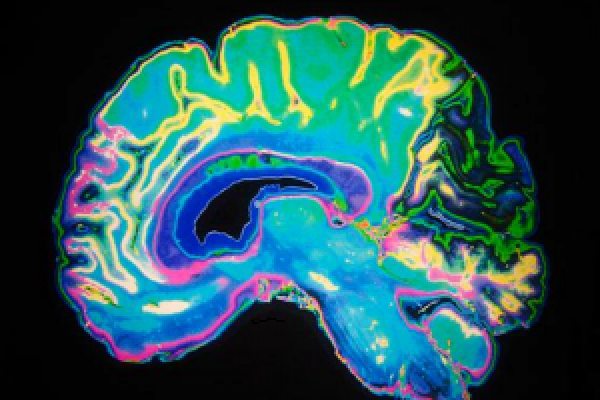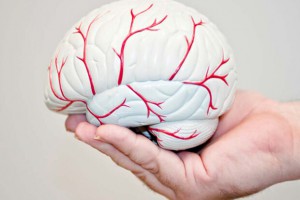Harvard scientists identify molecular machinery responsible for dopamine release in the brain
The neurotransmitter dopamine has been the focus of numerous efforts to understand its activity, particularly when it goes awry in disorders such as Parkinson's and addiction.
The neurotransmitter dopamine has been the focus of numerous efforts to understand its activity, particularly when it goes awry in disorders such as Parkinson's and addiction.
Researchers from Harvard Medical School have for the first time identified the molecular machinery responsible for the precise secretion of dopamine in the brain.
Their work identifies specialized sites in dopamine-producing neurons that release the dopamine in a fast, spatially precise manner. A finding that runs counter to current models of how the neurotransmitter transmits signals in the brain.
Dopamine research has centered on its dysfunction and on the protein receptors that neurons use to receive dopamine. Despite the neurotransmitter's importance, studies on how it is released in the brain under normal circumstances have been limited.
To identify the molecular machinery responsible for dopamine secretion, they focused on dopamine-producing neurons in the midbrain, which are involved in the neural circuitry underlying movement and reward seeking.
They first searched for active zones; specialized neurotransmitter release sites located at synapses, the junctions that connect one neuron to the another. Using super-resolution microscopy to image sections of the brain into which dopamine neurons project, the team found that dopamine neurons contained proteins that mark the presence of active zones.
These zones indicate that a neuron may engage in fast synaptic transmission, in which a neurotransmitter signal is precisely transferred from one neuron to another within milliseconds.
This was the first evidence of fast active zones in dopamine neurons, which were previously thought to engage in only so-called volume transmission; a process in which the neurotransmitter signals slowly and nonspecifically across relatively large areas of the brain.
Active zones were found at lower densities in dopamine neurons than in other neurons, and additional experiments revealed in detail how the neurotransmitter is rapidly secreted and reabsorbed at these sites.
In another set of experiments, the researchers used genetic tools to delete several active zone proteins. Deleting one specific protein, RIM, was sufficient to almost entirely abolish dopamine secretion in mice. RIM has been implicated in a range of diseases including neuropsychiatric and developmental disorders.
Deleting another active zone protein, however, had little or no effect on dopamine release, suggesting that dopamine secretion relies on unique specialized machinery.
They showed that active zones and RIM, which is associated with diseases such as schizophrenia and autism spectrum disorders in human genetic studies, are key for dopamine signaling. These newly identified mechanisms may be related to these disorders and may lead to new therapeutic strategies in the future.
They are deeply invested in learning the entire dopamine signaling machine. Right now, most treatments supply the brain with dopamine in excess, which comes with many side effects because it activates processes that shouldn't be active.
Their long-term hope is to identify proteins that only mediate dopamine secretion. One can imagine that by manipulating the release of dopamine,may be better able to reconstruct normal signaling in the brain.
www.news-medical.net





Related Posts